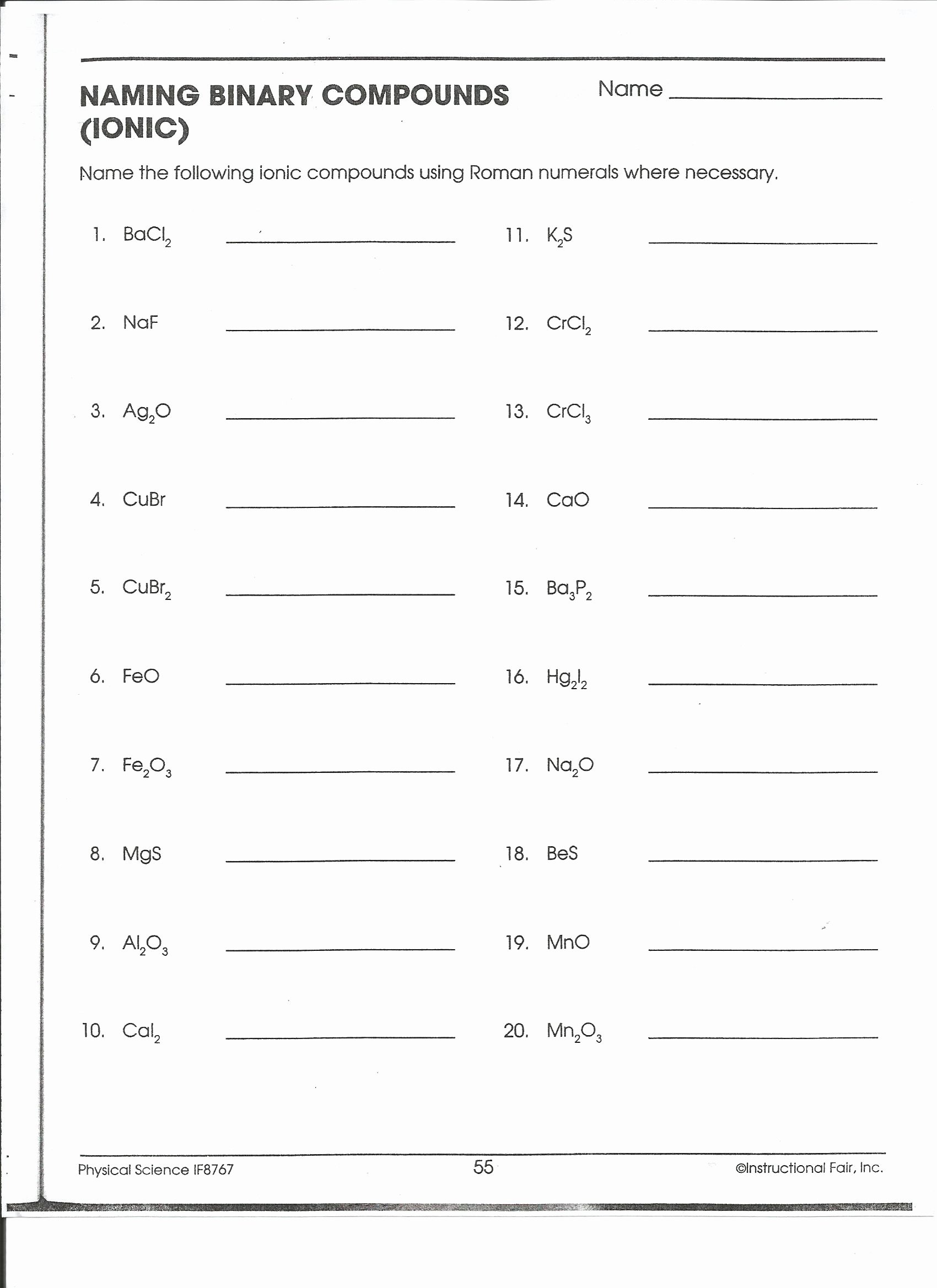
So notice what we did our first translation went down and then our next one, went kind of so our firstdown onto the left next went up into the right. Our second one says to add 1 to our x so a double prime, if I add 1 to 2 that's going to be 3 and if I add 3 to my y we're going to be at 0 because -3+3 is 0 so a double prime is that 1, 2, 3 0 so I'm going to write a double prime right there.

So let's say point a is right here and that is at 1, 2, 3, 4 up 1, 2, 3, 4 so point a is going to be at 4, 4 so when I perform my first translation which I know because we're adding and subtracting from y and x, x-2 well 2-4 is going, excuse me 4-2 is 2 so we know that our a prime which I'm going to write right here, a prime will be at 2 and from 4 I need to subtract 7 so that's going to be at -3 so I'm going to go over 2 and then down 1, 2, 3 and that will be my a prime we performed our first translation.

So let's look at what translating point a according to these two order pair rules would actually be equivalent to, so our first one we have xy maps onto x-2 and y-7, so to get an idea let's just pick a point a anywhere on our order plane. When you put 2 or more of those together what you have is the composition of transformations, so basically what you're saying is you could translate something and then reflect it and that would a composition of transformations.

We said there are 3 types of isometries, translations, reflections and rotations.


 0 kommentar(er)
0 kommentar(er)
